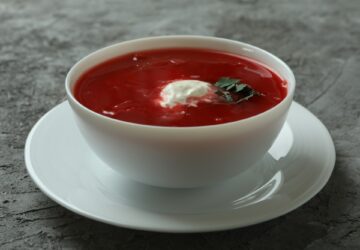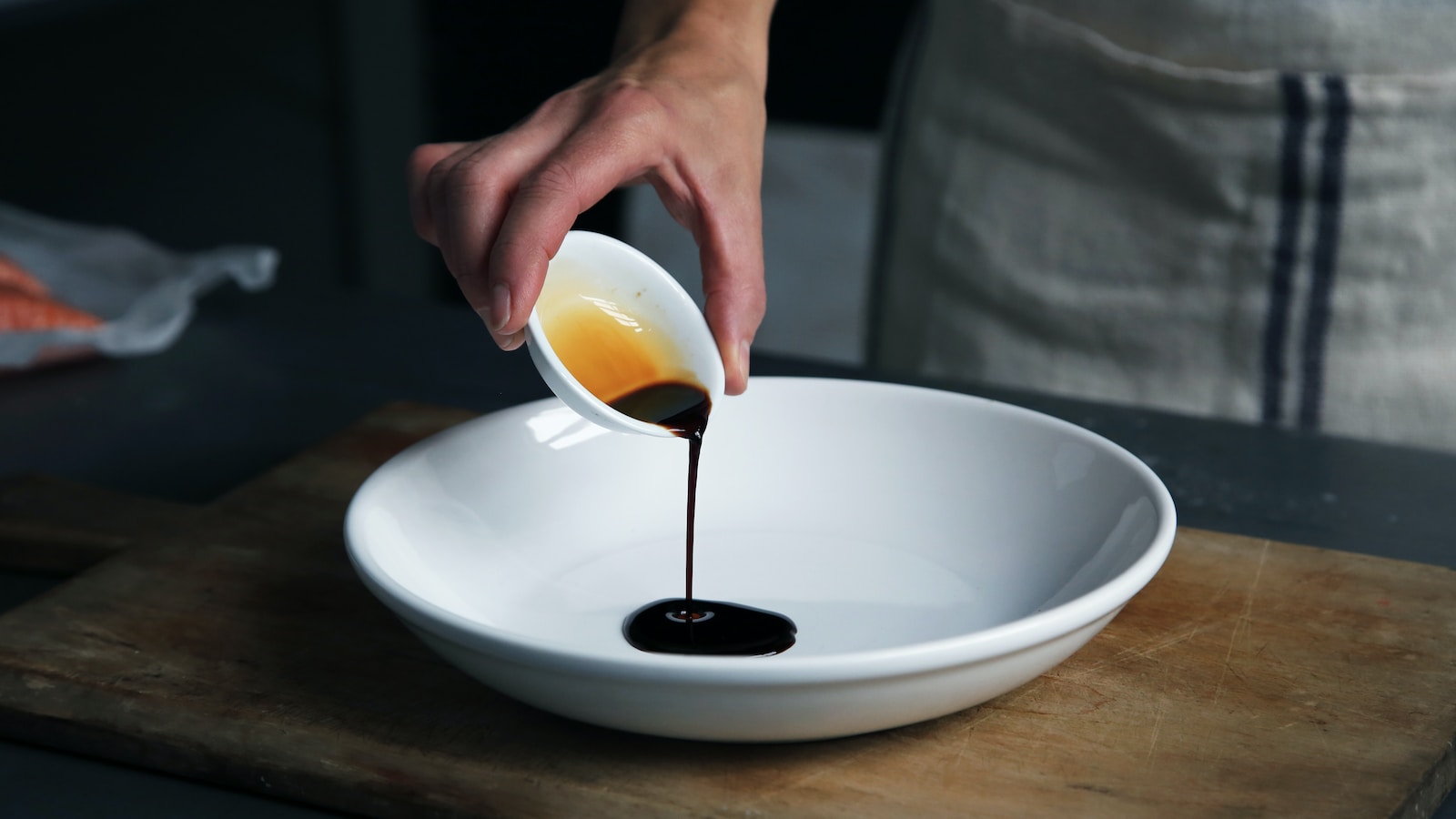Vinegar is a versatile and widely used liquid that is produced through the process of fermentation of various carbohydrate sources, such as fruits, grains, and even sugar. The word “vinegar” comes from the French “vinaigre,” which means “sour wine.” The main component of vinegar is acetic acid, which is responsible for its characteristic sharp, tangy taste and pungent aroma. Vinegar has been used for thousands of years in culinary, medicinal, and cleaning applications due to its acidic properties and antimicrobial effects.
There are many different types of vinegar, each with its distinct flavor profile, color, and acidity level, depending on the source material and fermentation process. Some of the most common and well-known types of vinegar include:
- White vinegar: Made from the fermentation of distilled alcohol, white vinegar is the most common type of vinegar. It has a clear appearance and a strong, sharp flavor. It is often used in pickling, as a natural cleaning agent, and in various culinary applications where a neutral color and strong acidity are desired.
- Apple cider vinegar: Made from the fermentation of crushed apples, apple cider vinegar has a light amber color and a fruity, tangy taste. It is a popular choice for salad dressings, marinades, and homemade remedies due to its potential health benefits, which include aiding digestion and supporting weight loss.
- Balsamic vinegar: Originating from the Modena and Reggio Emilia regions of Italy, balsamic vinegar is made from the reduction of cooked grape must (unfermented grape juice). It is aged in wooden barrels for a minimum of 12 years, which imparts a dark color, rich flavor, and syrupy consistency. Balsamic vinegar is often drizzled over salads, fruits, and grilled meats, or used as a finishing touch in sauces and reductions.
- Red wine vinegar: Produced by fermenting red wine, this vinegar has a deep red color and a bold, tangy flavor. It is commonly used in Mediterranean cuisine, particularly in salad dressings, marinades, and sauces.
- White wine vinegar: Made by fermenting white wine, this vinegar has a light golden color and a milder, slightly sweeter taste compared to red wine vinegar. It is often used in salad dressings, pickling, and light-colored sauces.
- Rice vinegar: This vinegar is derived from the fermentation of rice wine and is widely used in Asian cuisine. Rice vinegar has a mild, slightly sweet taste and is available in three varieties: white (used for sushi rice and light dressings), red (used in soups and dipping sauces), and black (used as a condiment and for braising meats).
- Malt vinegar: Produced from the fermentation of malted barley, malt vinegar has a dark brown color and a distinctive malty flavor. It is a popular condiment in British cuisine, especially as an accompaniment to fish and chips.
- Sherry vinegar: Originating from the Jerez region of Spain, sherry vinegar is made from the fermentation of sherry wine. It has a rich, nutty flavor and is used in Spanish and French cuisine for dressings, sauces, and marinades.
The history of vinegar can be traced back over 10,000 years, with evidence suggesting that it was first used in ancient Babylon as a food preservative and a medicinal tonic. Throughout history, vinegar has played a significant role in various cultures, such as the Roman Empire, where it was used as a beverage, a food ingredient, and even as a medicine for soldiers. In ancient China, vinegar was considered one of the essential elements in a well-stocked pantry, and its use in traditional Chinese medicine dates back thousands of years.








